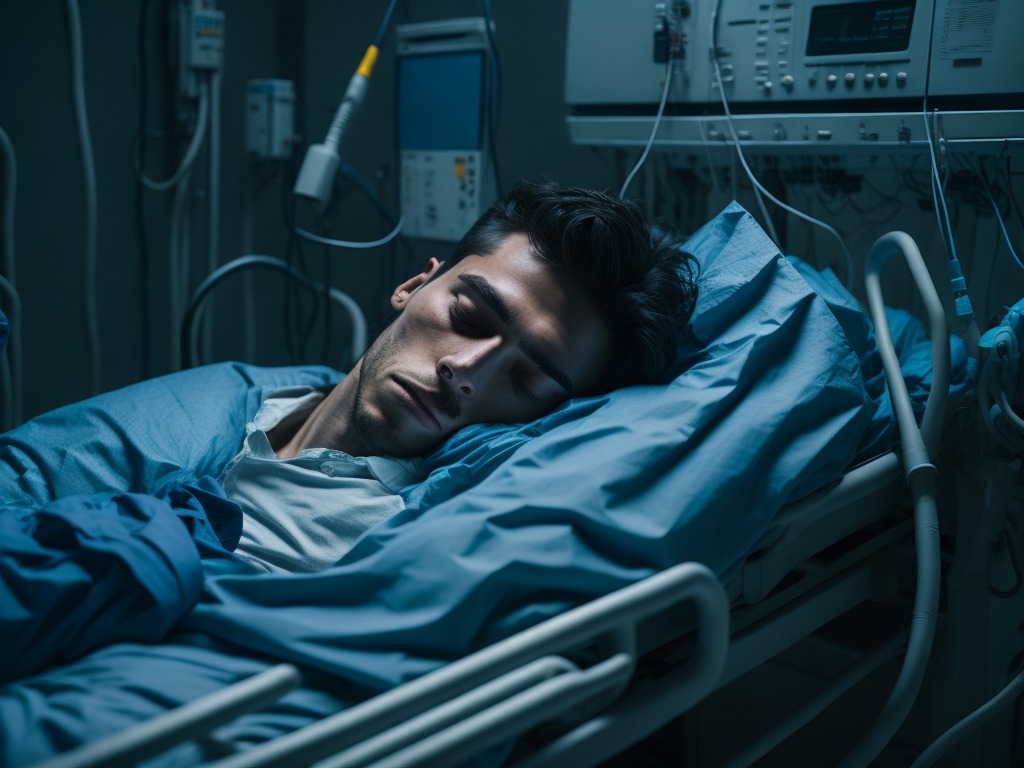People who have had near-death experiences (NDEs) often share similar stories of a sense of peace, out-of-body experiences, and encounters with angels, God, or deceased relatives. Sometimes, patients surprise medical professionals by providing detailed descriptions of the resuscitation efforts performed while unconscious. However, it remains extremely challenging to study NDEs.
A group of Indian scientists, led by Sai Sameera, surveyed individuals suffering from kidney disease. All participants had experienced cardiac arrest and were saved by cardiopulmonary resuscitation. The researchers identified 29 volunteers for their study.
The most common phenomena reported were out-of-body experiences (OBEs) and awareness of one’s own death, which accounted for 51.7% of cases. A quarter of the respondents described other popular scenarios, such as seeing tunnels, light, flowers, and heavenly landscapes and feeling positive emotions. One in five individuals claimed to have communicated with the deceased.
Slightly more than half of the participants reported an acceleration of time and their own thoughts. However, the majority did not experience feelings of peace, bliss, harmony, or unity with the universe, nor did they encounter mystical beings, see the deceased, or encounter spirits. Thus, the “adventures” in near-death experiences (as well as other phase states) occur in the minority of cases.
Have you or a loved one had an NDE? If so, what did the experience include?
The article was published in May 2023 in OMEGA – Journal of Death and Dying.
Get all the latest news about lucid dreams via our channels on Telegram, Facebook, Twitter




